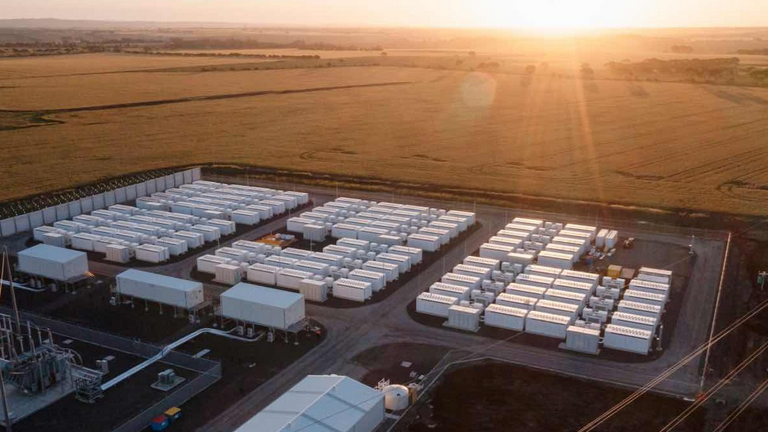Will the introduction of a capacity market help underpin the deployment of energy storage systems needed for Australia’s transition to renewable energy? This appears to be the view of some Australian energy storage project developers looking for the new revenue streams needed to make energy storage viable as the previously lucrative frequency control ancillary services (FCAS) market reaches saturation.
The introduction of capacity markets will pay dispatchable generation facilities in exchange for ensuring their capacity is available in the event of insufficient generation, and they are designed to ensure that there is enough dispatchable capacity on the market.
The Australian Energy Security Commission is actively considering the introduction of a capacity mechanism as part of its proposed post-2025 redesign of Australia’s national electricity market, but there are concerns that such a market design will only keep coal-fired power plants operating in the power system for longer. Hence a capacity mechanism that focuses only on new capacity and new zero-emission technologies such as battery storage systems and pumped hydro power generation.
Energy Australia’s head of portfolio development, Daniel Nugent, said the Australian energy market needed to provide additional incentives and revenue streams to facilitate the launch of new energy storage projects.
“The economics of battery storage systems still rely heavily on Frequency Controlled Ancillary Services (FCAS) revenue streams, a relatively small-capacity market that can easily be swept away by competition,” Nugent told the Australian Energy Storage and Battery Conference last week. .”

Therefore, we need to study how to use battery energy storage systems on the basis of energy storage capacity and installed capacity. Thus, without Frequency Control Ancillary Services (FCAS), there will be an economic gap, which may require alternative regulatory arrangements or some form of capacity market to support new developments. The economic gap for long-duration energy storage becomes even wider. We see that government processes will play an important role in bridging this gap. “
Energy Australia is proposing a 350MW/1400MWh battery storage system in the Latrobe Valley to help make up for lost capacity due to the closure of the Yallourn coal-fired power plant in 2028.
Energy Australia also has contracts with Ballarat and Gannawarra, and an agreement with the Kidston pumped storage power station.
Nugent noted that the NSW government supports energy storage projects through the Long Term Energy Services Agreement (LTESA), an arrangement that could be replicated in other regions to allow new projects to be developed.
“The NSW Governor’s Energy Storage Agreement is clearly a mechanism to help support a redesign of the market structure,” he said. “The state is discussing various reform proposals that could also reduce income disparities, including waiving grid fees, as well as through Valuing new essential services such as grid congestion relief to add possible revenue streams for energy storage. So adding more revenue to the business case will also be key.”
Former Australian Prime Minister Malcolm Turnbull drove the expansion of the Snowy 2.0 programme during his tenure and is currently a board member of the International Hydropower Association. Capacity fees may be required to support new long-duration energy storage development, he said.
Turnbull told the conference, “We’re going to need storage systems that last longer. So how do you pay for it? The obvious answer is to pay for capacity. Figure out how much storage capacity you need in different scenarios and pay for it. Clearly, the energy market in Australia’s National Electricity Market (NEM) cannot do that.”
Post time: May-11-2022






